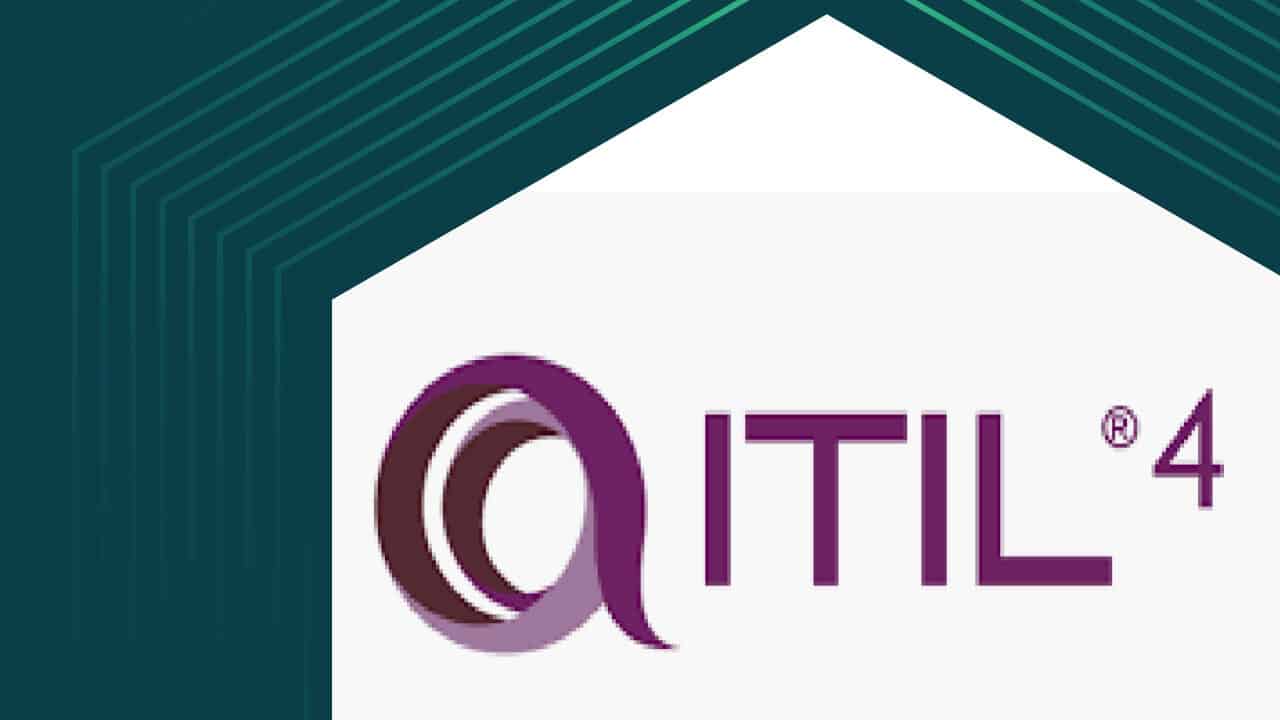
Is ITIL the answer to ALL IT process issues? ITIL is a powerful tool to solve many woes of IT to achieve stability and consistency. Historically, ITIL has done so by adding processes and documentation requirements that can be very staff and time intensive. Companies have had to balance desired outcomes with ITIL maturity.
The real merit of ITIL though is where it provides tangible benefits for your business. That is where ITIL v4 comes in. Recently released, it provides a drastic improvement to the gaps in v3. The most drastic change is around value – how it is created, how it is perceived, and how it is improved. Everything else centers around this. The focus is less on strict processes and more on ‘do the processes you use bring value?’
Seven new Guiding Principles are included that are core to bringing value:
- Focus on value
- Start where you are
- Progress iteratively with feedback
- Collaborate and promote visibly
- Think and work holistically
- Keep it simple and practical
- Optimize and automate
These principles can be applied to ANY process regardless of the nature. Previously, an organization would try to adopt ITIL and would get bogged down by bureaucracy and often end up at odds with other methodologies like Waterfall or Agile development. This major shift in the approach asks that an organization keep their focus on what they are trying to achieve, start with what they already have, and then make improvements iteratively – not just wipe it out altogether and start from scratch. This allows for better organization change management, stakeholder/user buy-in, and planned continual improvement – in line with other best practices and methodologies.
Any organization looking to implement ITIL, or just to improve processes to bring better value, should start by evaluating what your goal is and where you can improve value the most or fastest. These processes often include incident management, problem management, or change management. Incident Management is always the obvious process, but the reality is that most businesses are already decent at fixing issues. The question is how good are they at identifying problems, making good changes, and so on. These things can often be identified through existing reporting, or adding categorization to incidents or changes to provide better reporting.
Problem management can be a large formal process, or it can be a more nimble process that just focuses on recurring issues and how to resolve them permanently. Change Management can have a similar scenario. While a mature IT organization can fully utilize thorough processes to ensure good, high quality changes are made and that any issues caused by a change are fully recognized, documented, and any necessary corrective actions are fully realized – a complex Change Management process can be over-burdensome for a smaller or leaner IT shop. A slimmed-down process could be simply keeping a log of all major changes and doing a post-mortem on any change that is not successful.
It all comes back to value. Does the process produce value, or does it not? There are huge up-sides to strictly following stringent processes in terms of system stability, avoiding conflicting changes, greater visibility of assets and costs, and better identification and management of risks, etc. But what about when a company wants to increase agility and reduce bureaucracy? What if they need to be able to deploy changes significantly faster than a thorough Change Management process allows?
One solution is Continuous Integration / Continuous Deployment, but that can require significant costs and time investments in tools and staff. Sometimes, a company just needs to tweak a process to simplify it. One possible solution is to track and report on changes made, and then allow teams with a solid track record to use a simplified, shortened process.
It’s all about value. If you can trust a team to make good changes, then a more complex process doesn’t bring the same value that it would to a team with a poor track record.
The big wins for any company adopting ITIL is almost always related to stability, reliability, and repeatability. If you gain these at the cost of productivity and speed-to-market, then their value is diminished quickly. Historically, any company that required speed and agility would be forced to make concessions related to ITIL. A balance must be established to allow the company to achieve the goals needed for success. With ITIL v4 and a focus on the seven guiding principles, companies have a much better tool set to bring real value and not get mired down in the weeds.
We’ve helped many companies with process redesign and process streamlining – as well as tooling modifications to match. We help companies identify the value of a process that works for your specific needs. Check out Our Approach to learn more.
